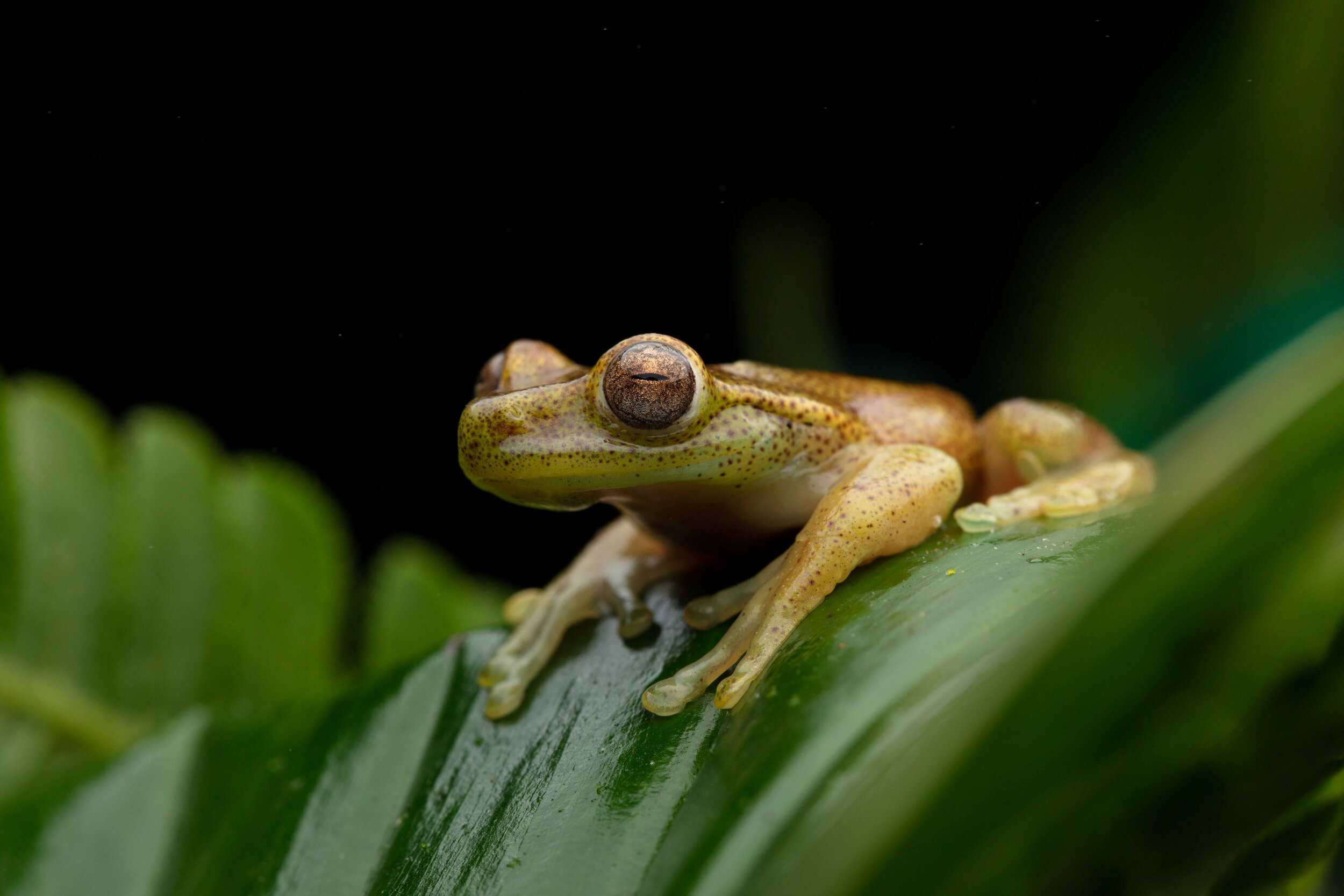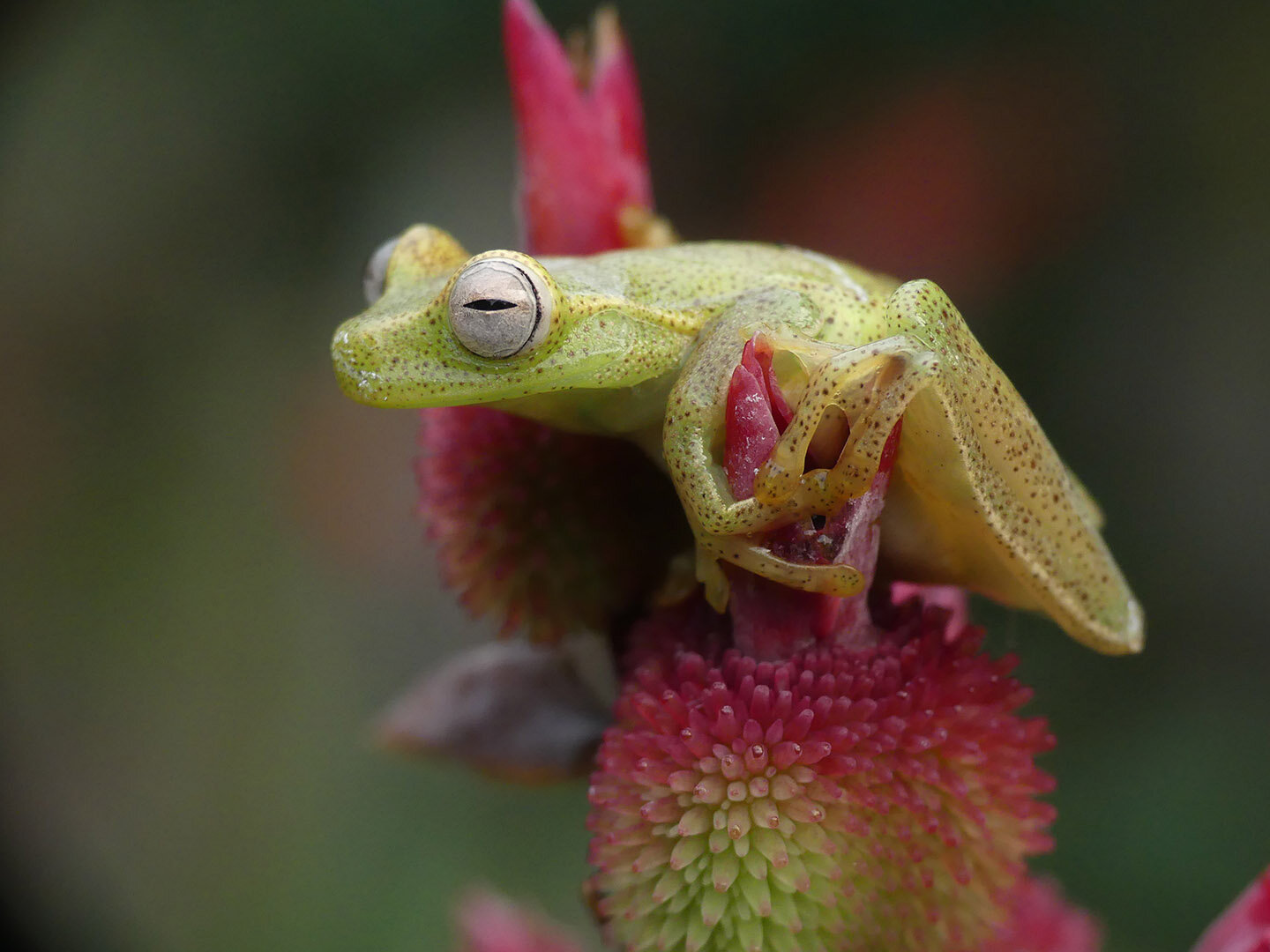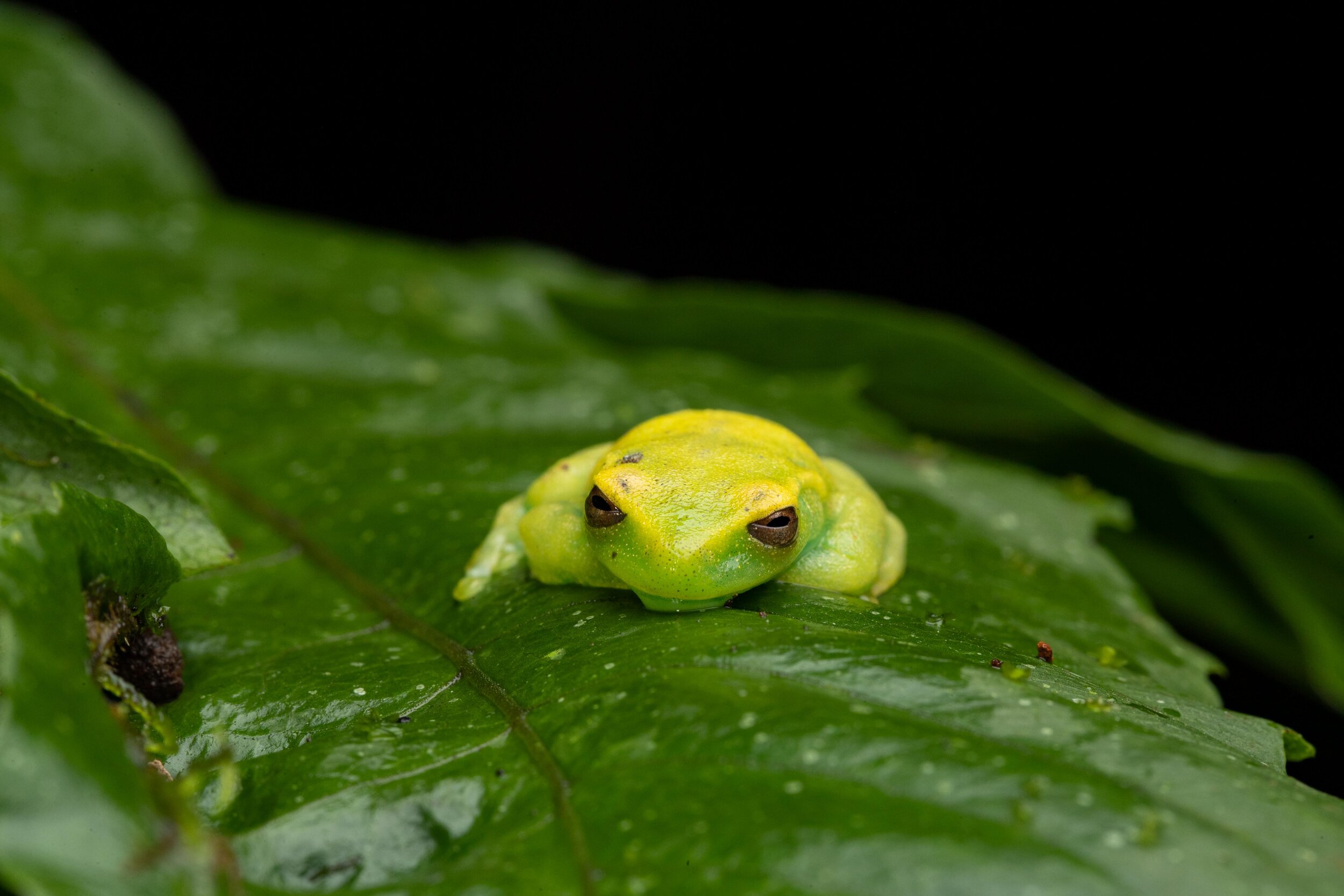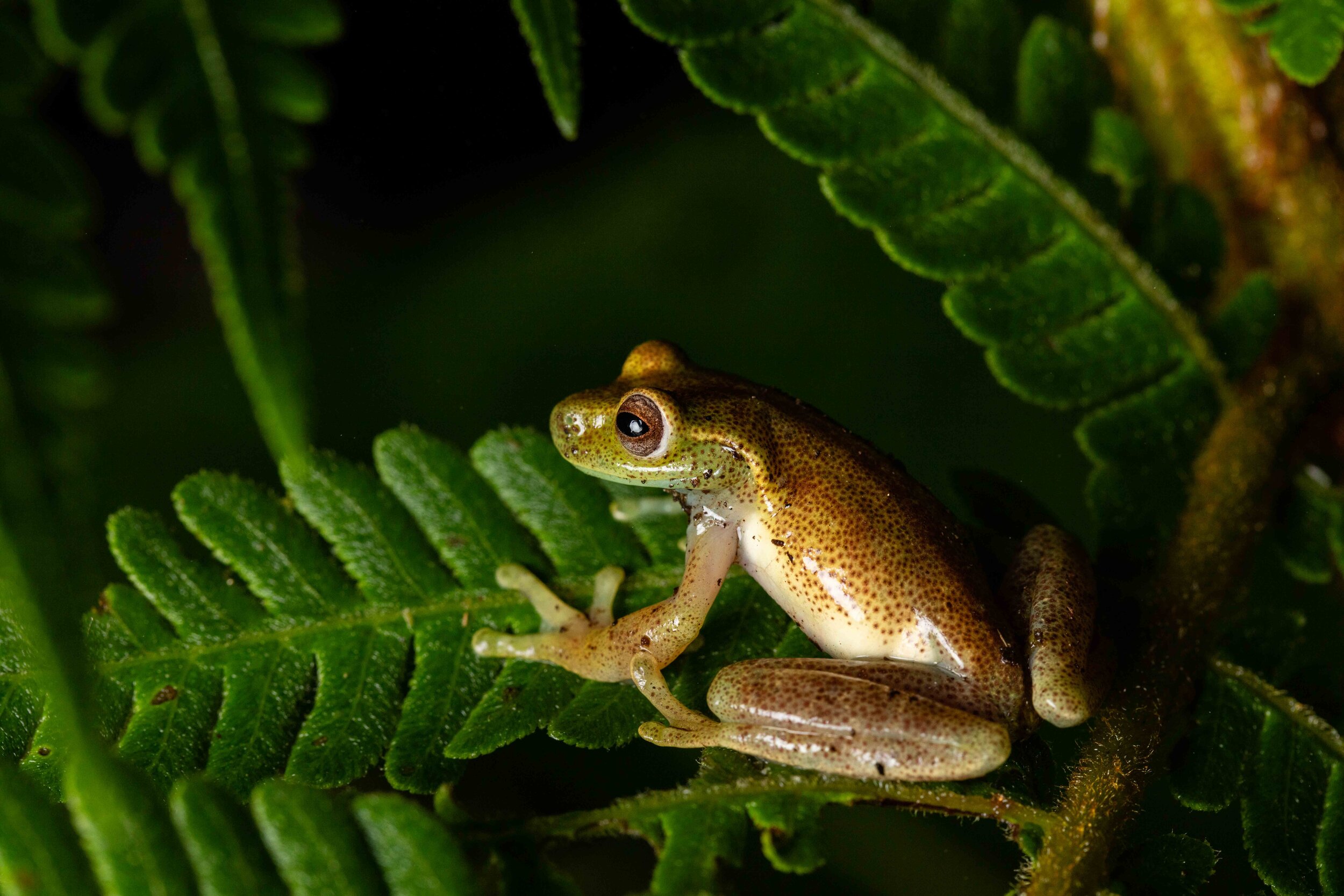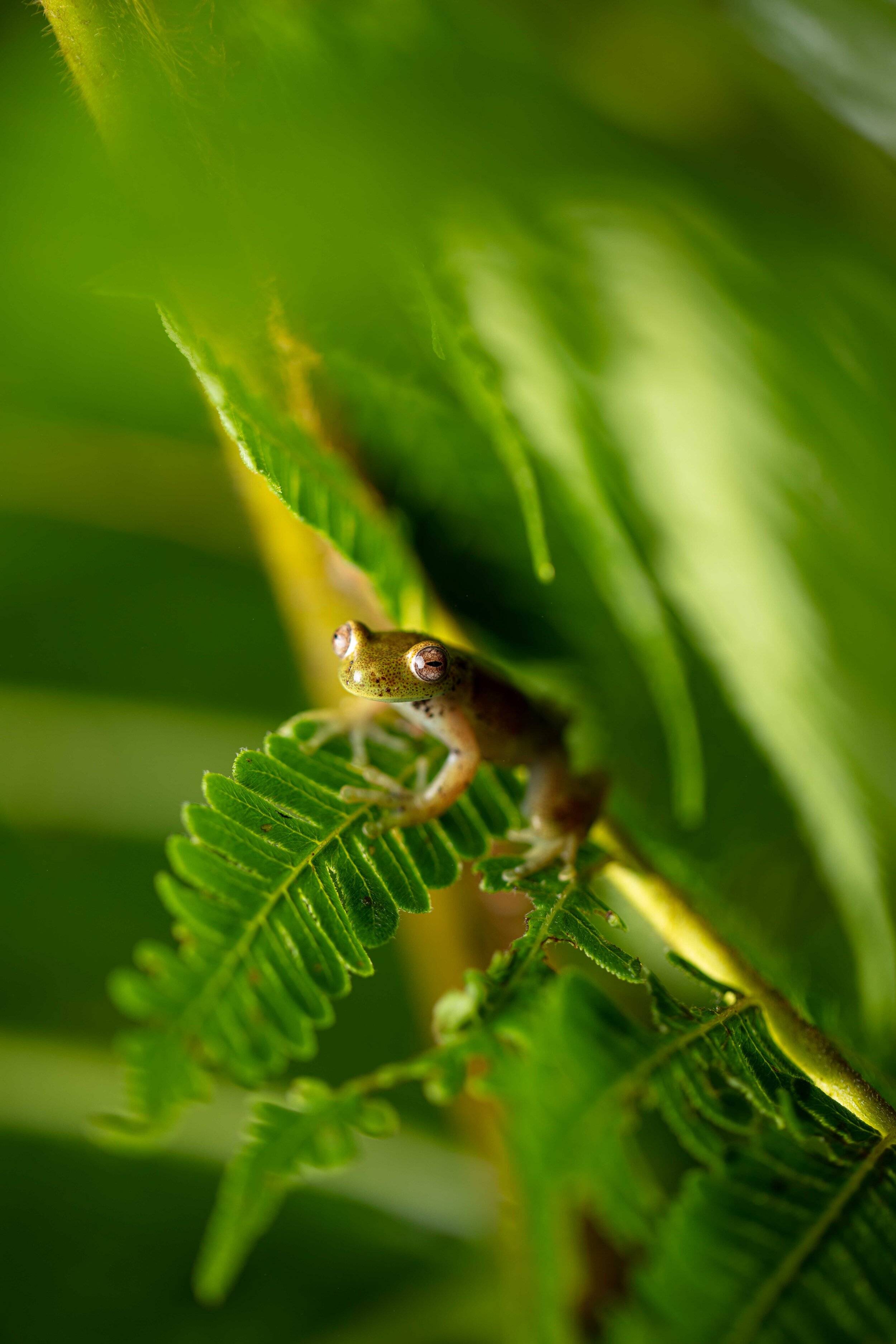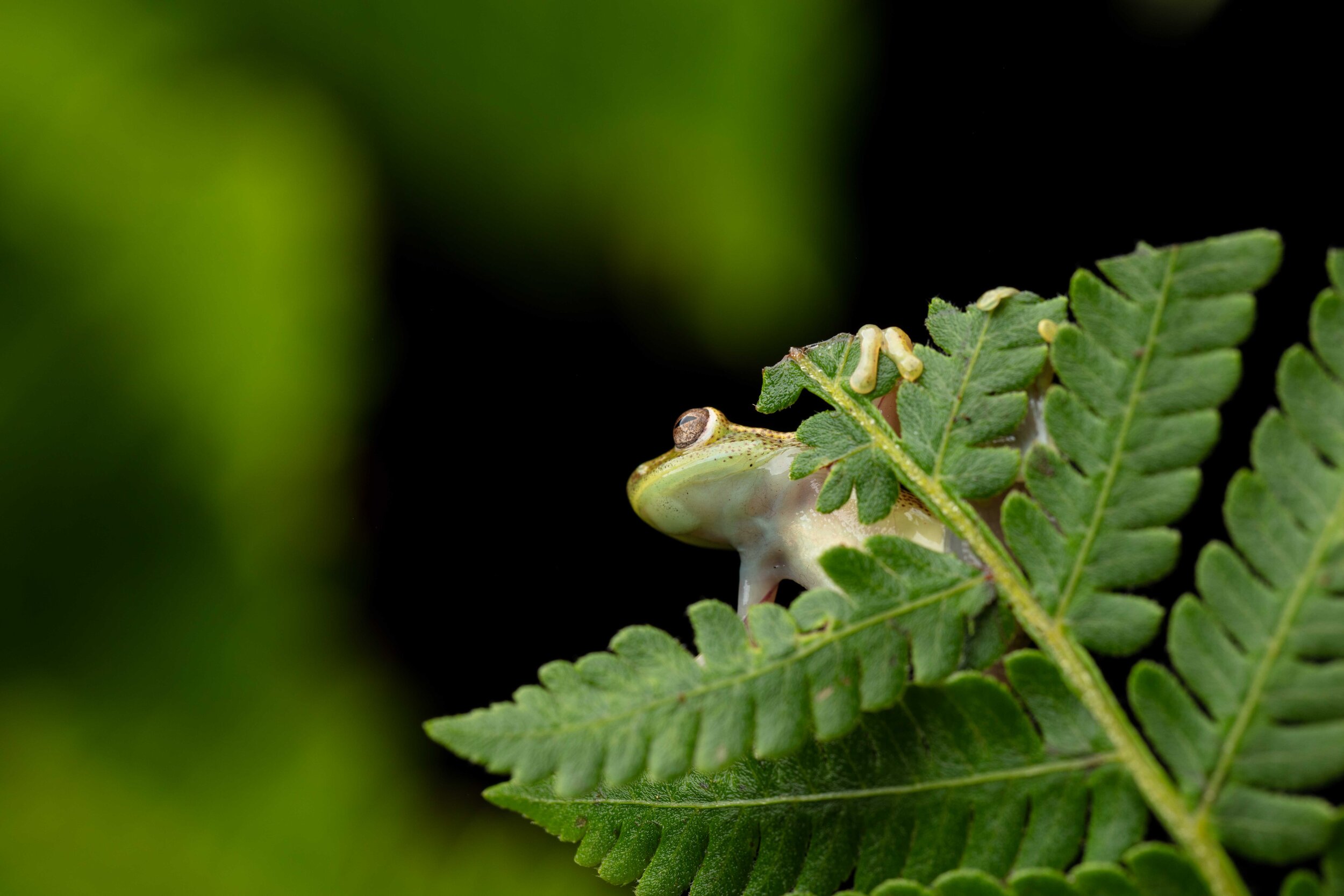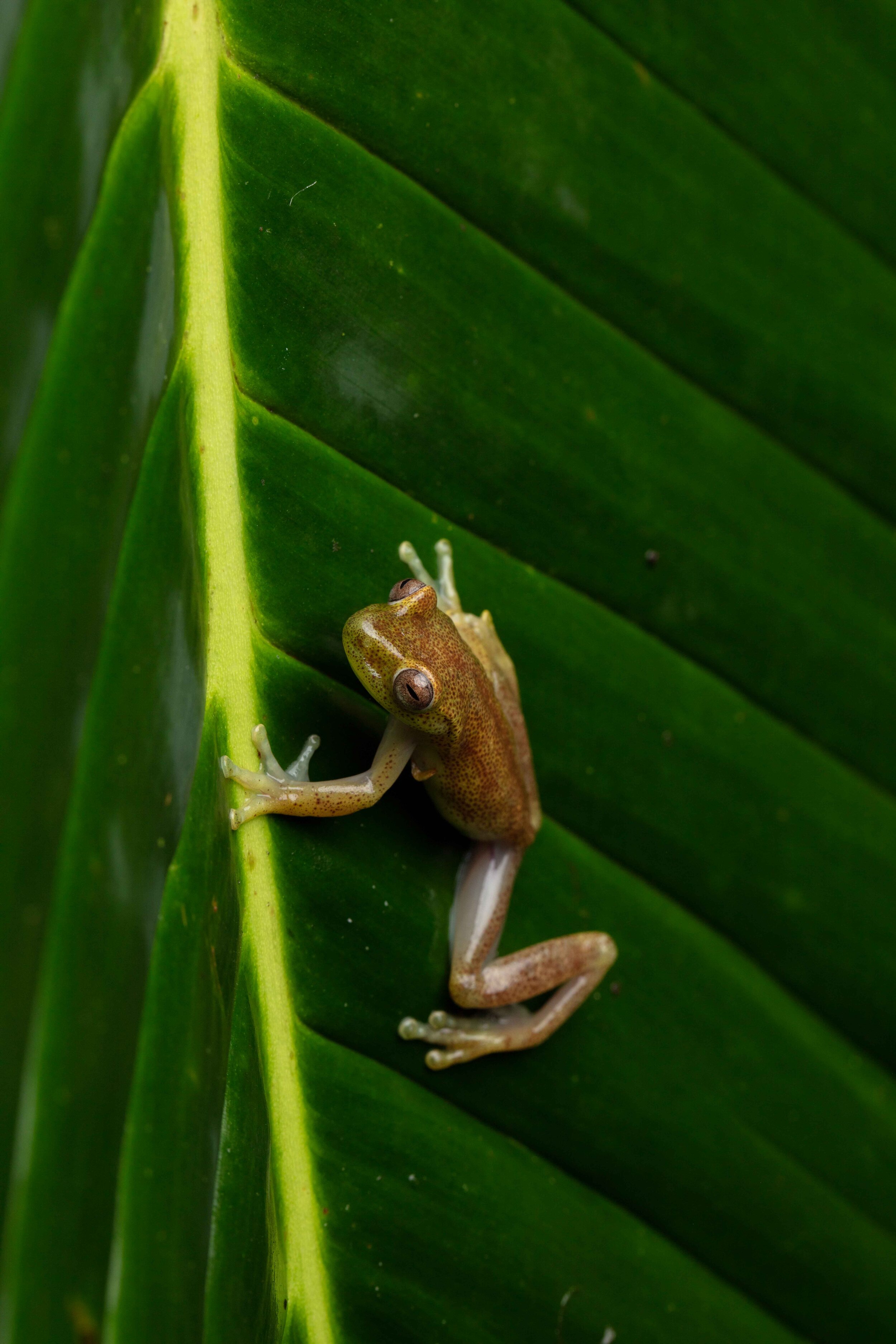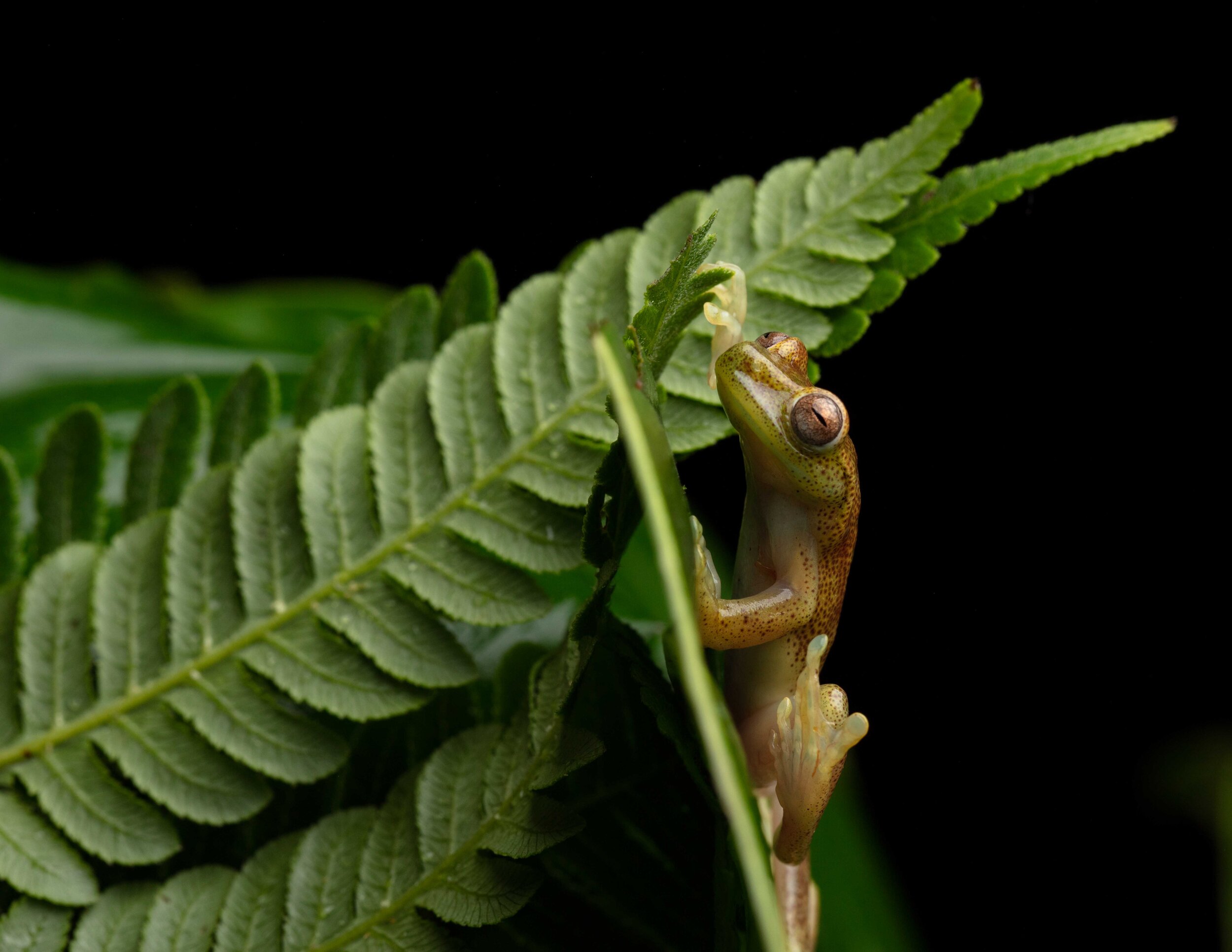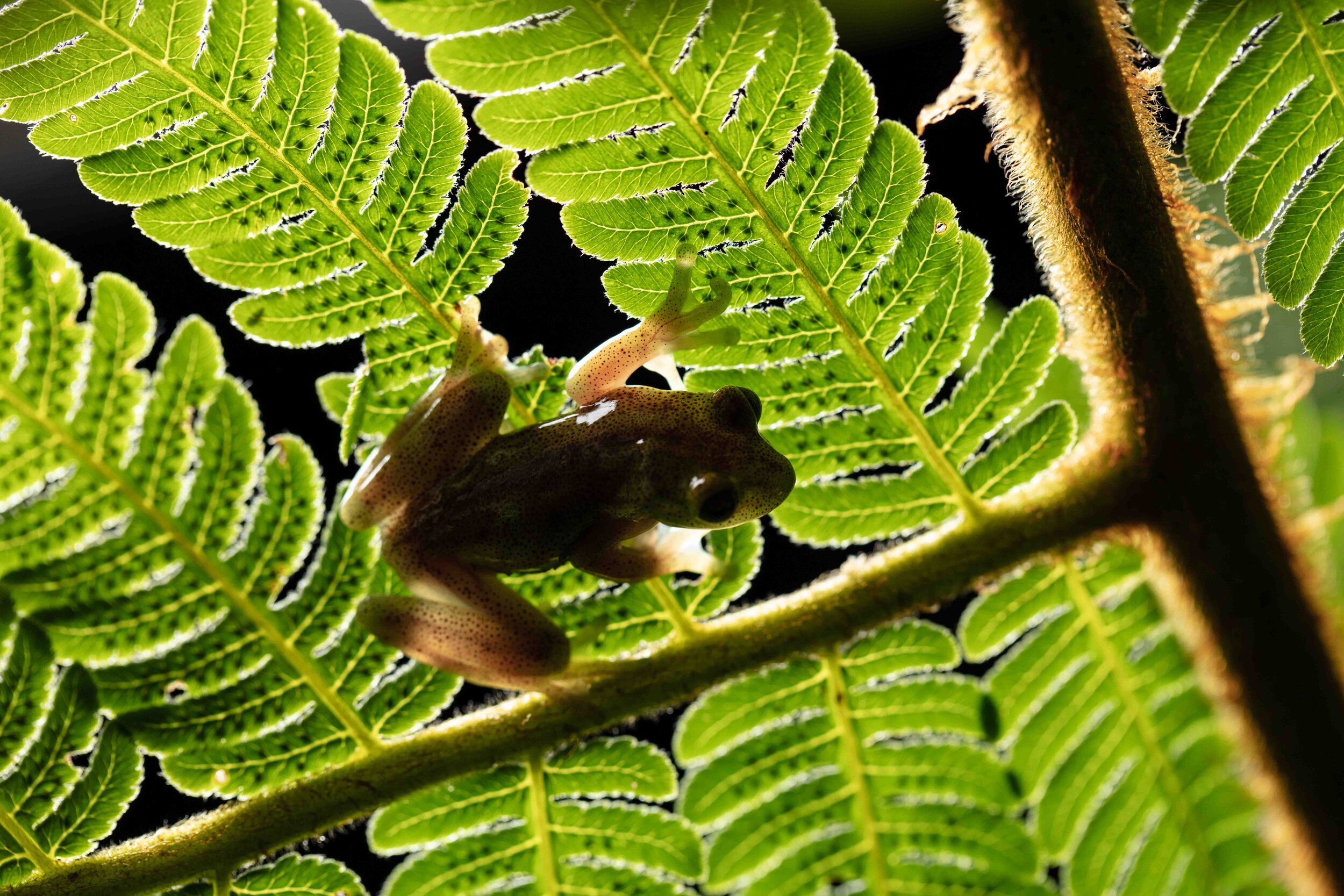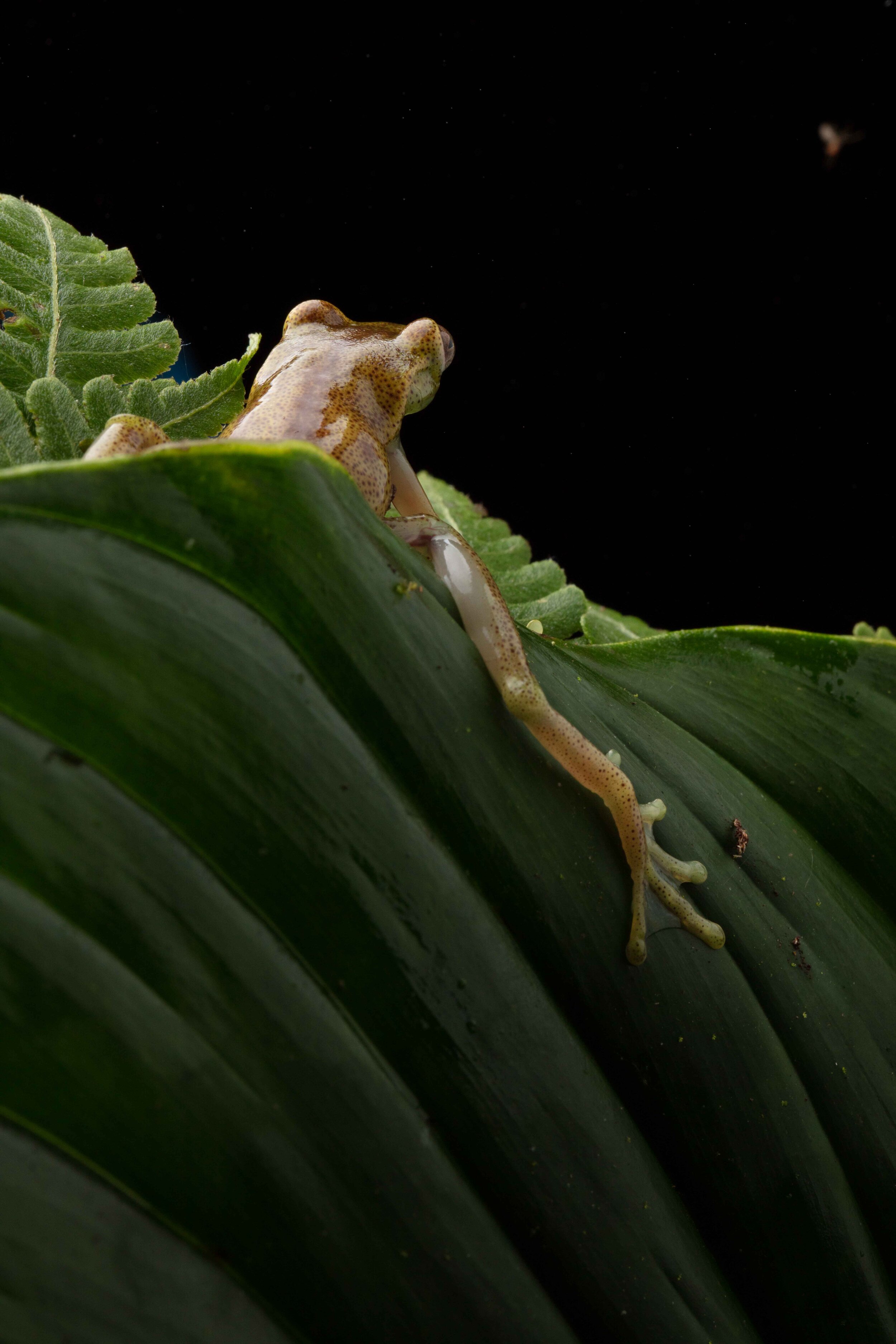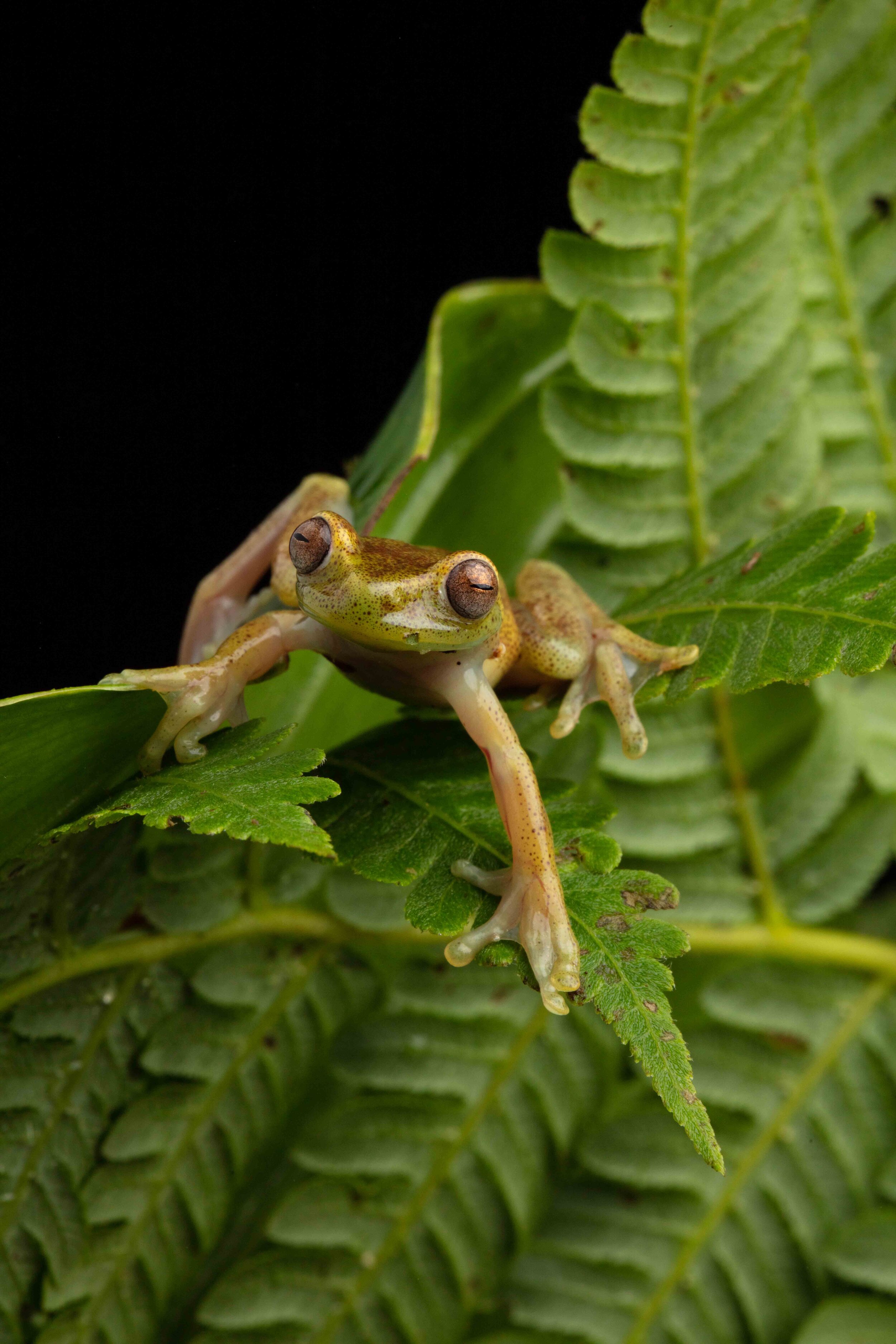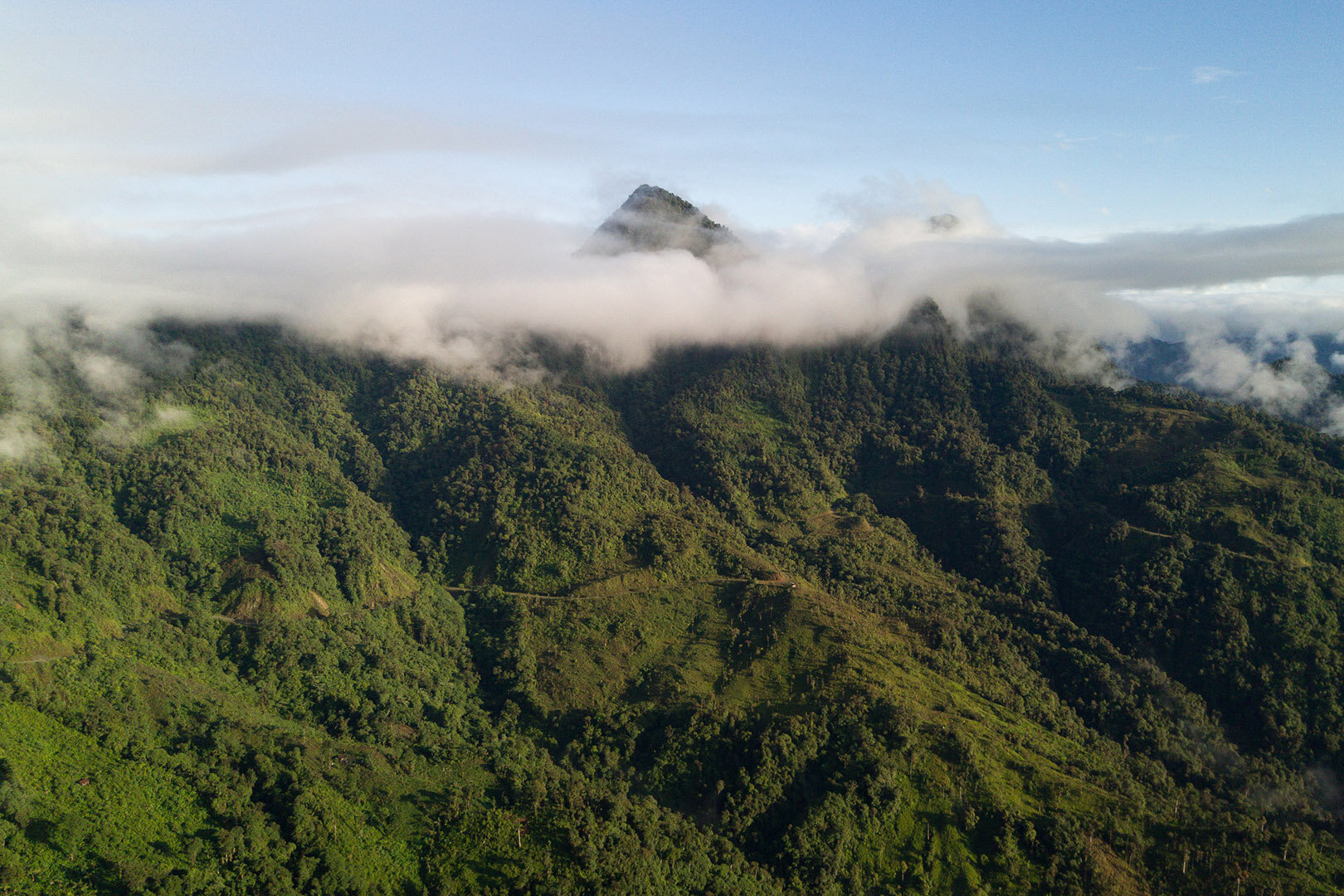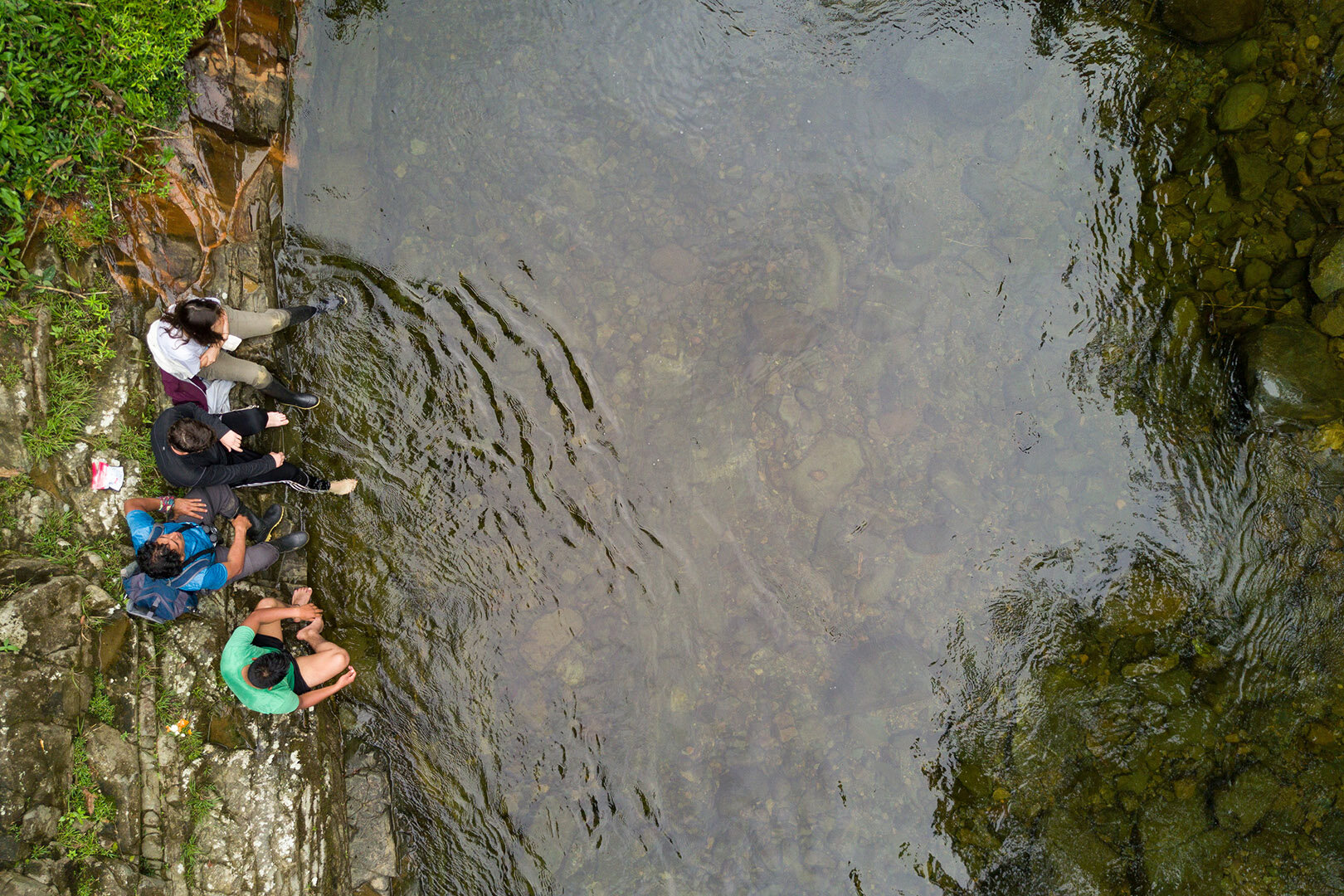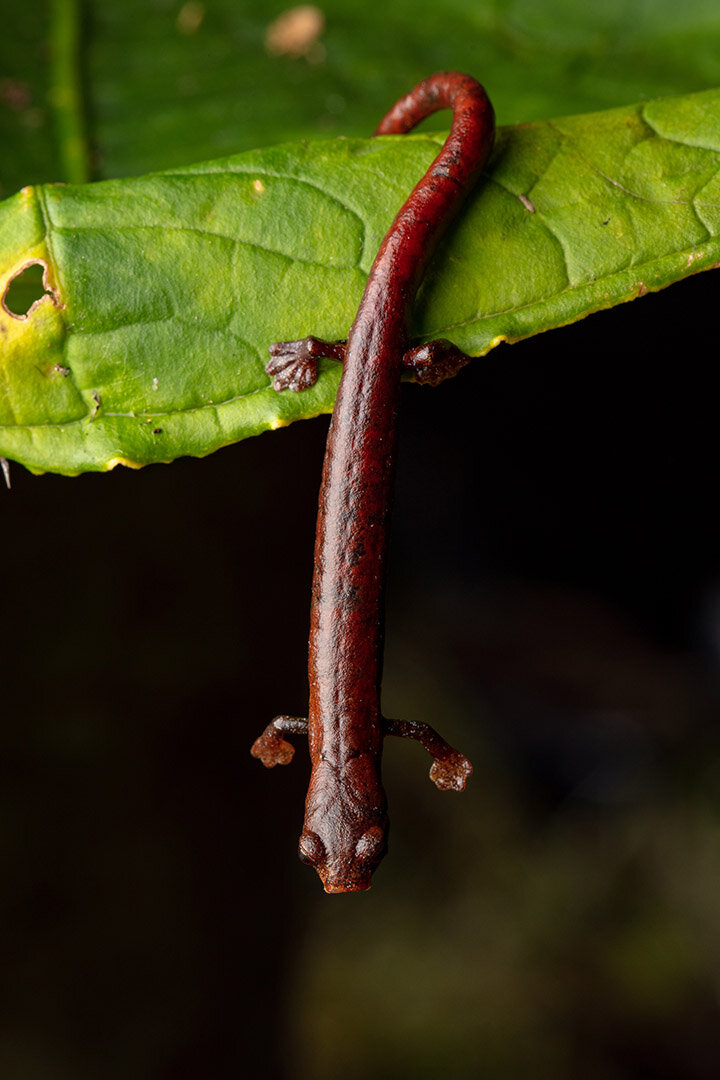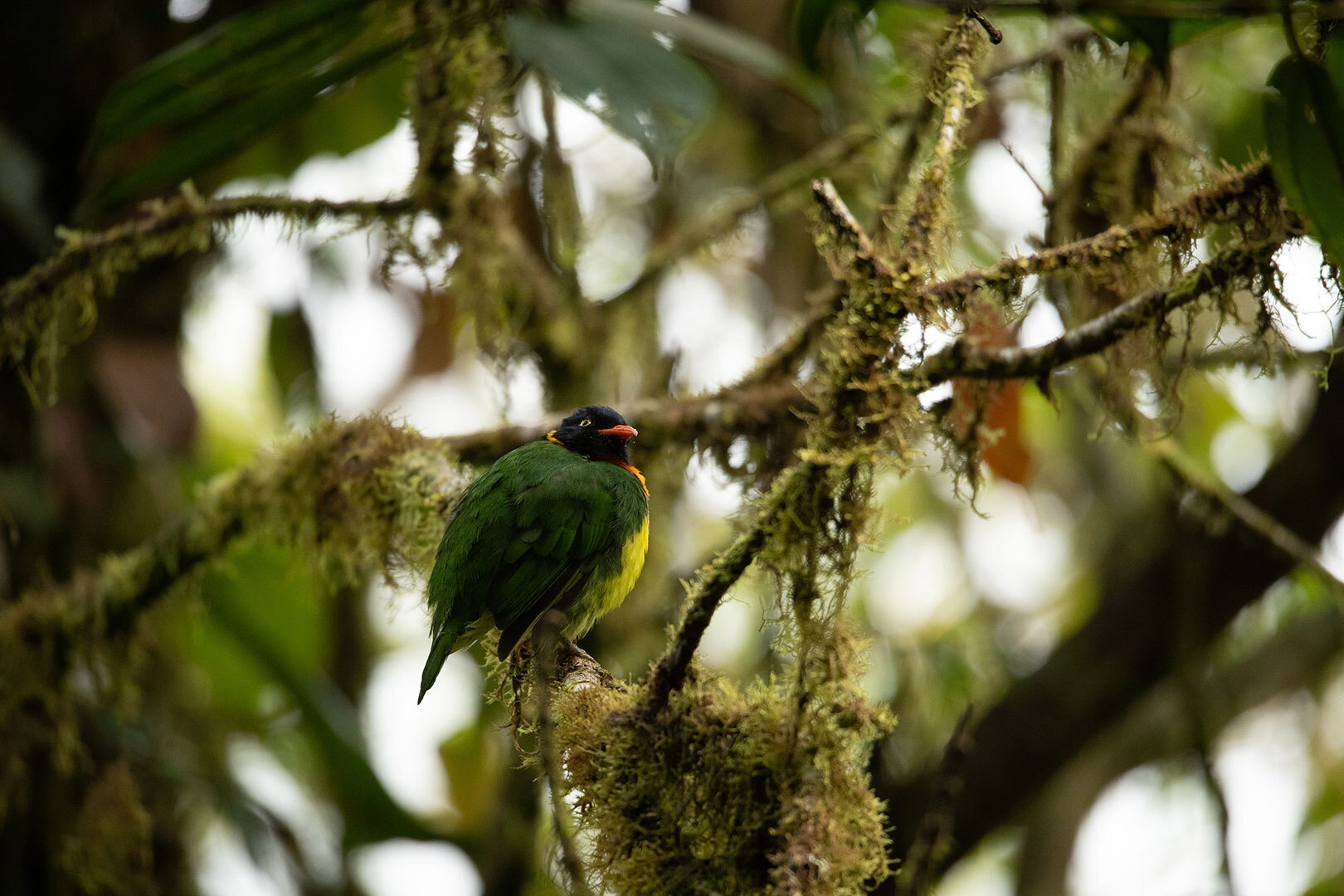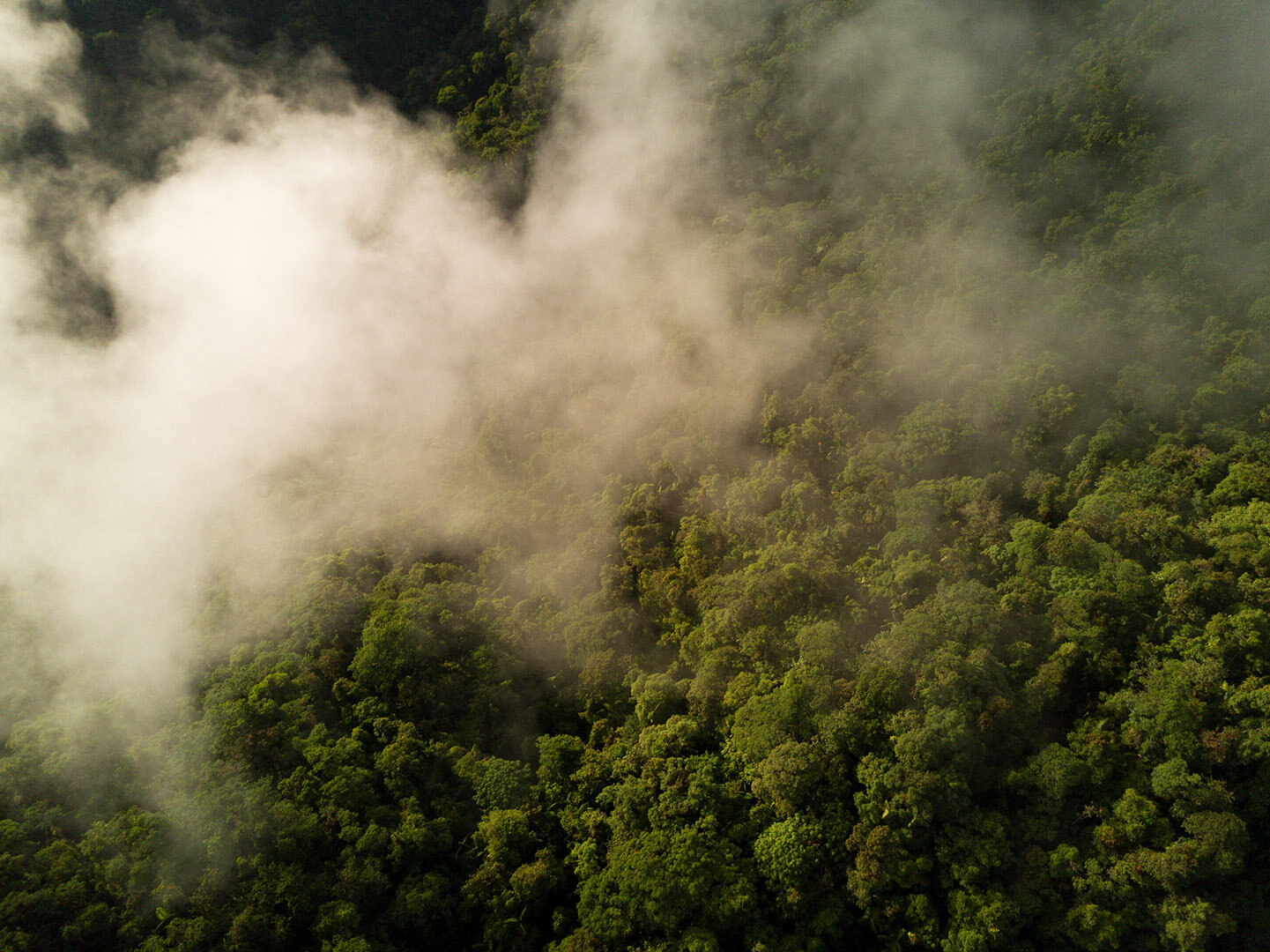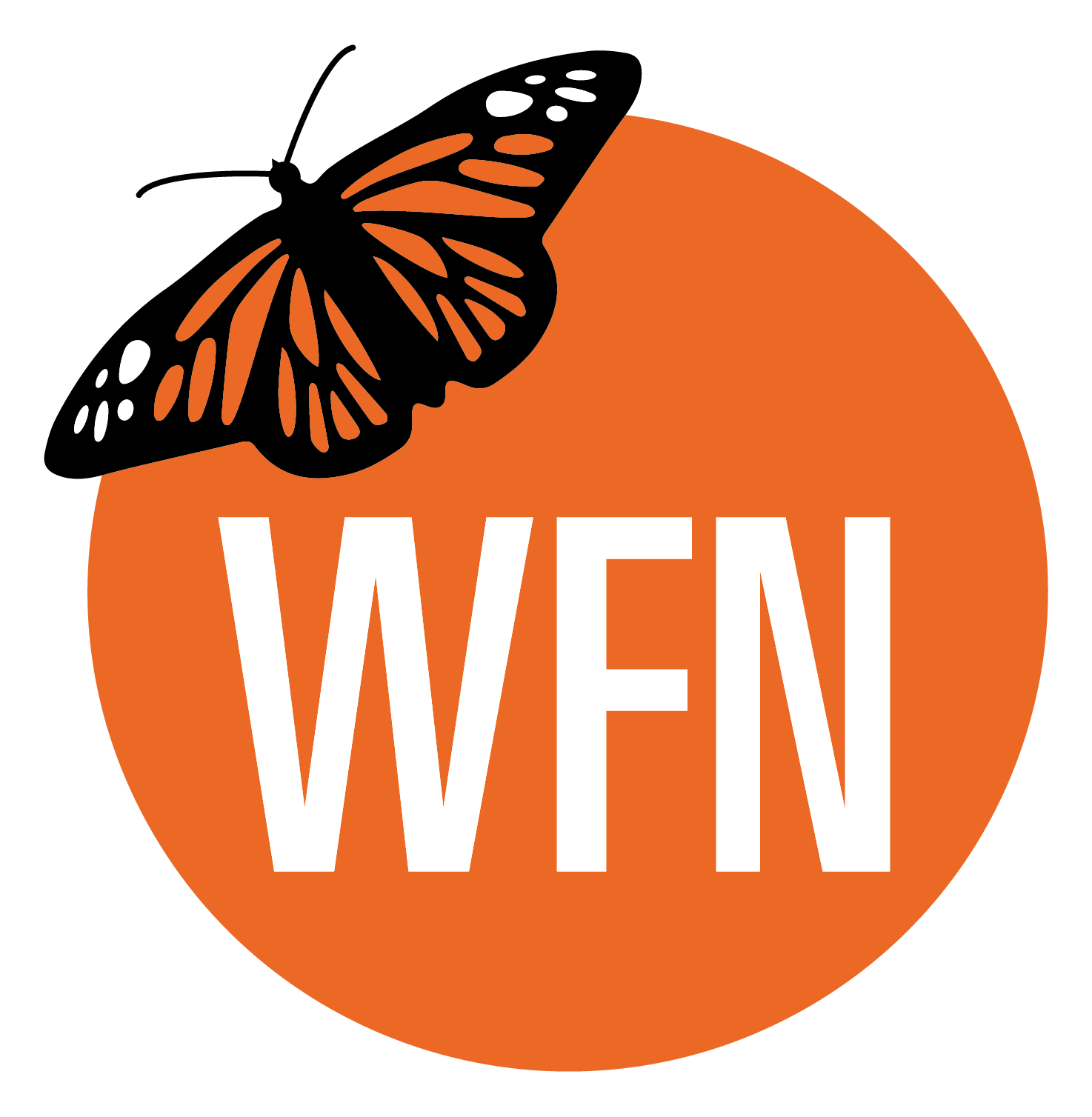How do scientists name a species?
Scientific Name
When a scientist picks a name for a species, they follow a two-name system called a binomial naming system. Think about us humans, the Homo sapiens—the first word, “Homo,” is the genus, and the second word, “sapiens,” is the species. This second word is also called the specific epithet because it distinguishes the species from others within its genus, and it is written in Latin. Coming up with a specific epithet takes a lot of creativity and hard work! Take, for example, the origin of the name Hemidactylus frenatus: The name Hemidactylus (a genus of lizard) comes from the Greek words “hemysis” (meaning “half”) and “dactylos” (meaning “finger”). The genus name probably refers to the rows of skin folds under these gecko’s digits which are grouped in two halves. The specific epithet frenatus, which comes from the Latin words “frenum” (meaning “bridle”) and “atus” (meaning “provided with”) refers to the color pattern of the face.
When a new species is discovered, it doesn’t have a specific epithet yet. So, it is referred to by its genus followed by “sp. nov.” which means “species nova” or “new species.” Before a scientist chooses a specific epithet, they have to conduct a lot of research to ensure that this is not a species already known to science under a different name. When they are ready to publish the name along with all of their findings, they include as much information as they can—from DNA analysis to scientific drawings and even CT-scans—to convince reviewers that their findings are correct. At this point, the species may be called a “confirmed candidate,” or CC. That’s why you’ll see us refer to this frog as Hyloscirtus sp. CC. The process can take months or even years, because publication reviewers don’t always agree with a scientist’s conclusions. After time, research, and a lot of paperwork, the new species is ready to be shared with the world!
Where are we in this process? Scientists have done all the other work needed to submit this species for publication. All they need now is your name!
Common name
Along with the scientific name, scientists also choose a common name for the species they are describing. It usually relates to the latinized word they choose for the species, but that isn’t a requirement. Often, common names will give clues to the species’ taxonomy (or evolutionary tree). For example, the common name “Red-spotted Glassfrog” tells us that the frog has red spots, but it also allows scientists to know it belongs in the glass frog family, Centrolenidae. If the common name had just been “Red-spotted Frog,” it would still make sense, but it would be less helpful as an identifier.
Tree Frog or Torrent Frog? Even though this new species of frog is in the tree frog family, Hylidae, it is actually known as a torrent frog—a frog that lives near running water! These frogs have the famous sticking ability of most tree frogs, but with a major upgrade: Torrent frogs are much better at sticking to wet surfaces. That ability comes in handy (lol) when you live in a cloud forest!









